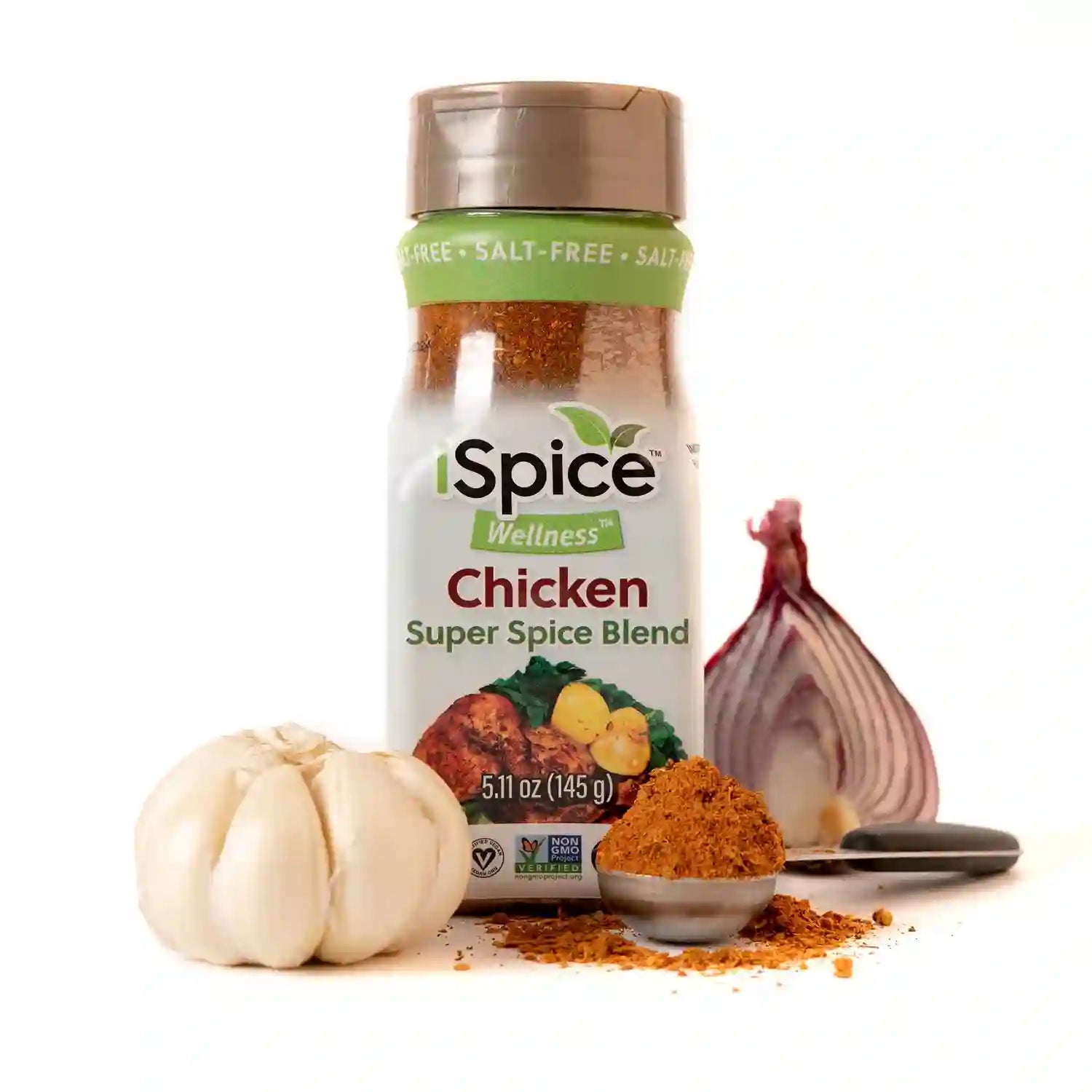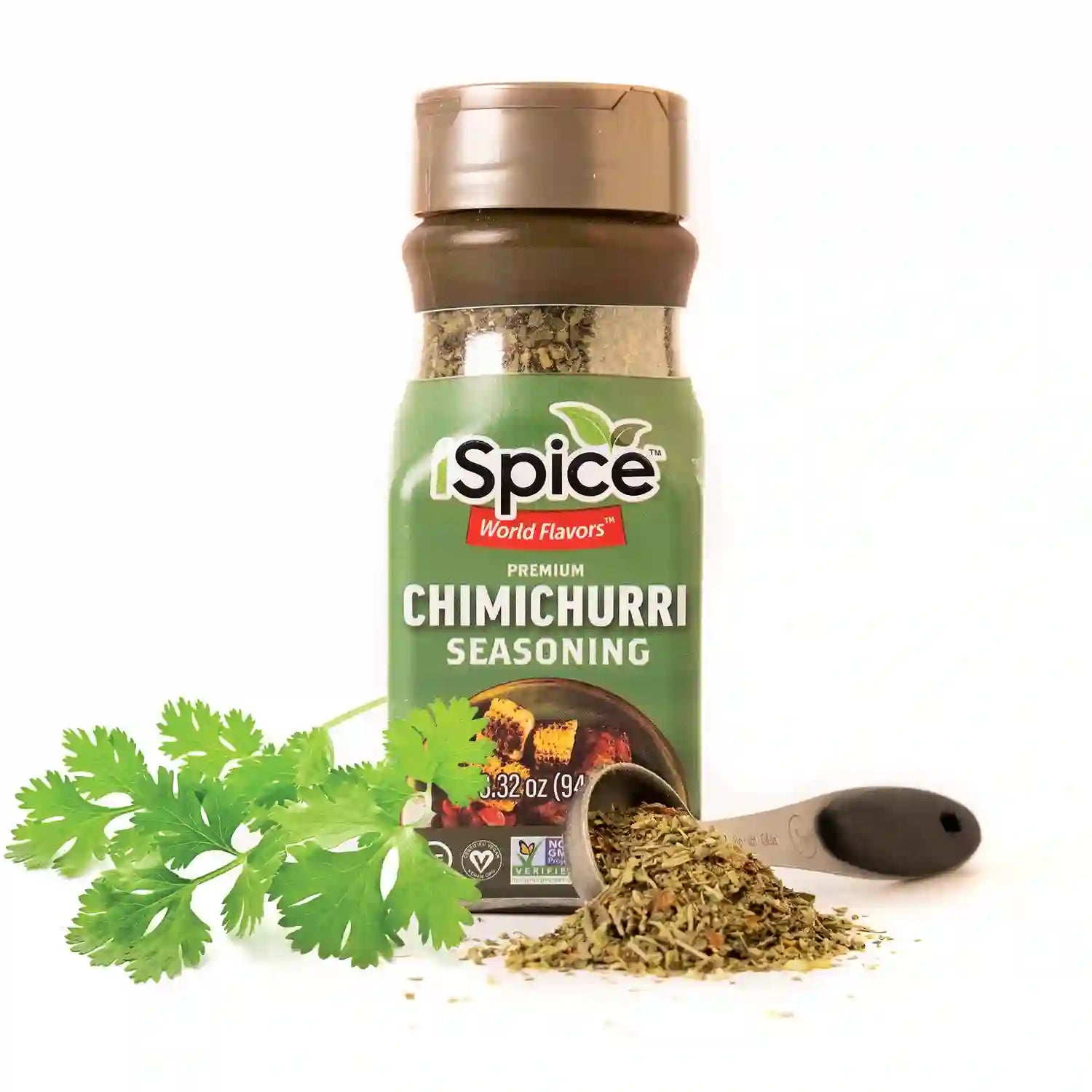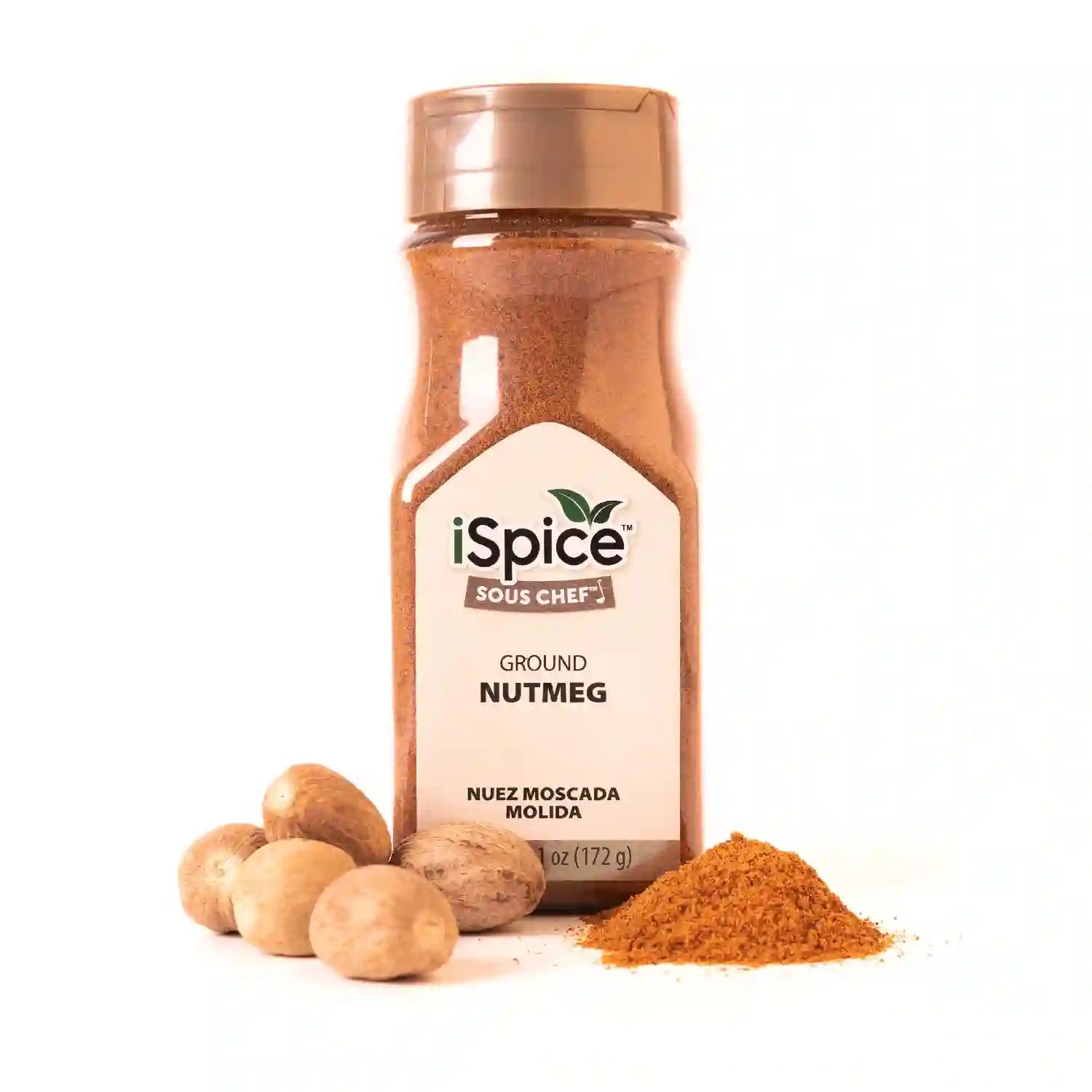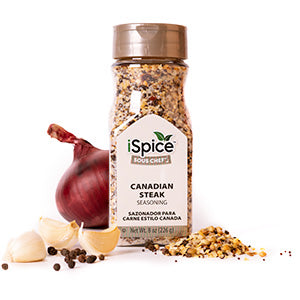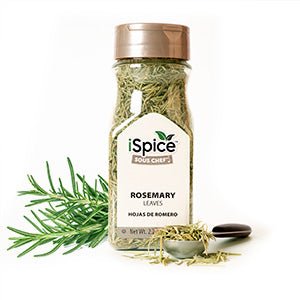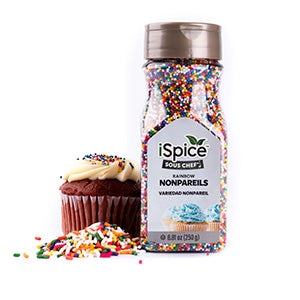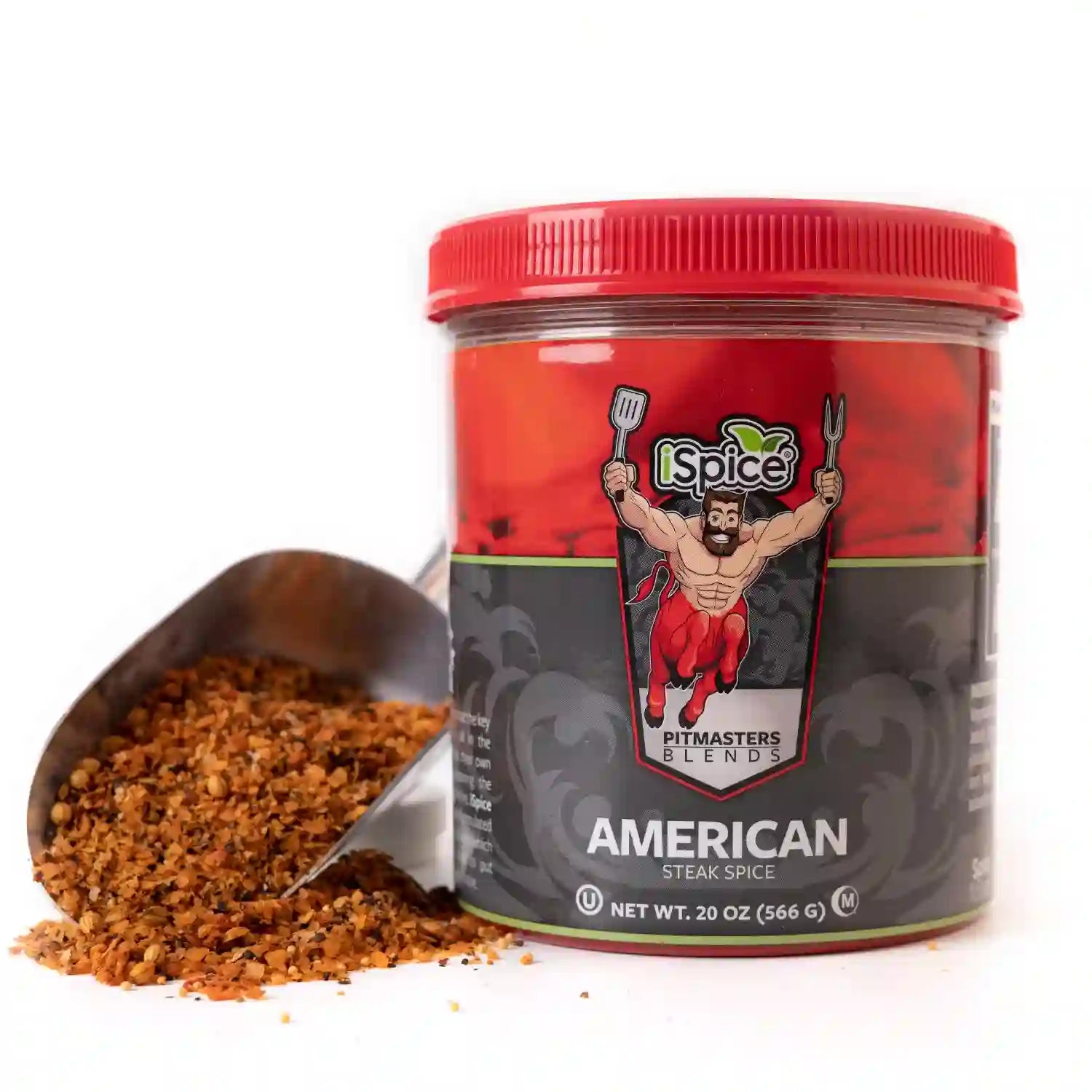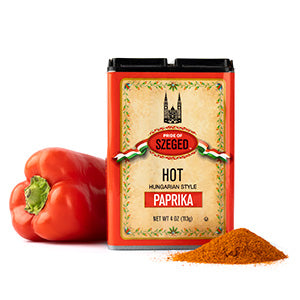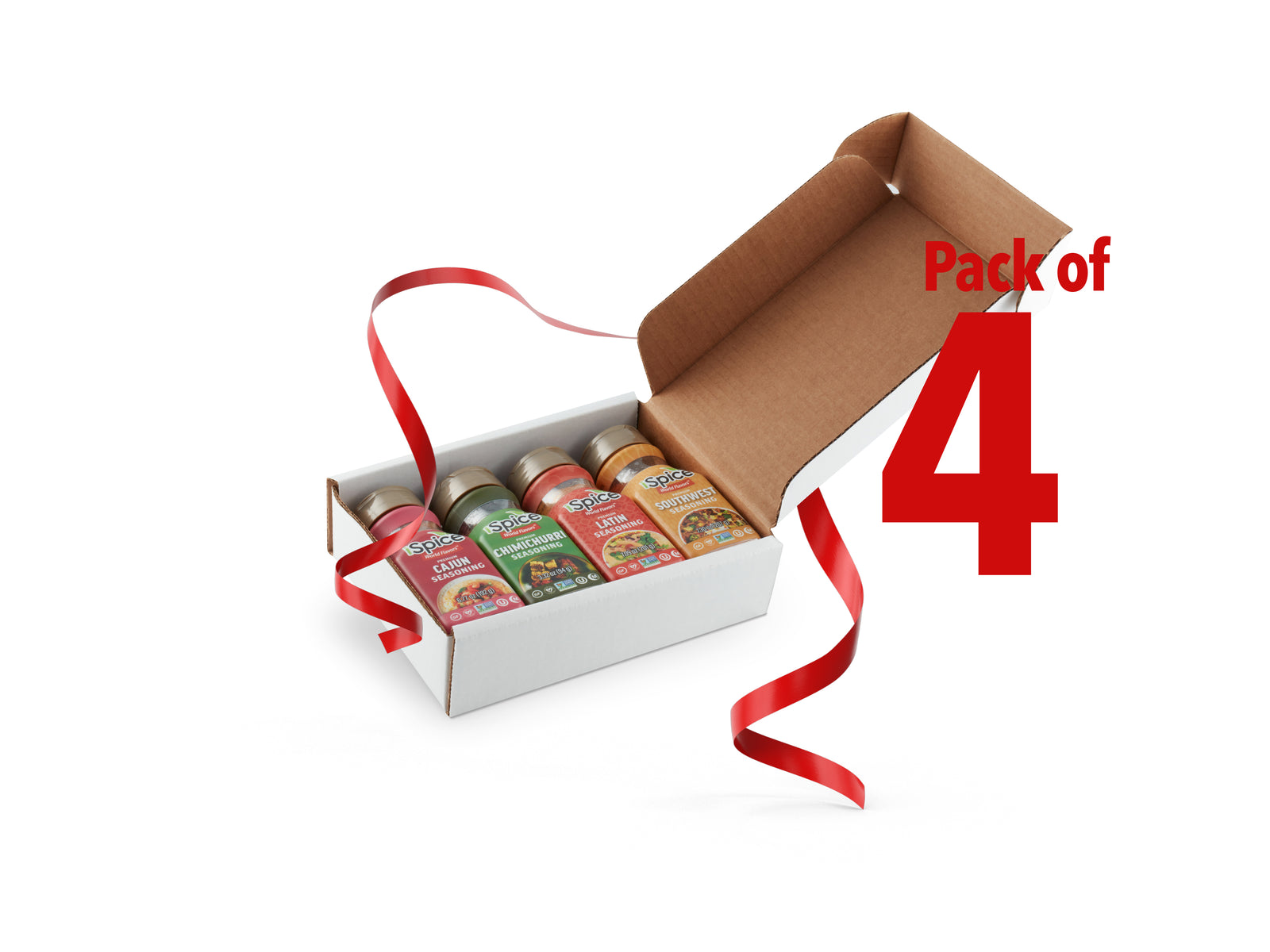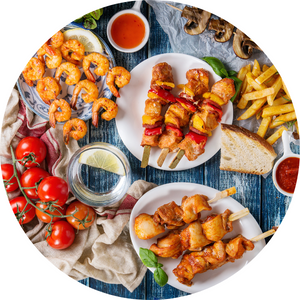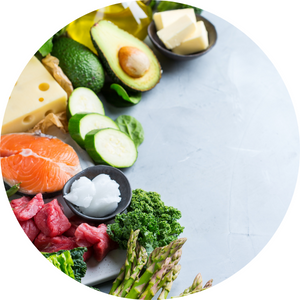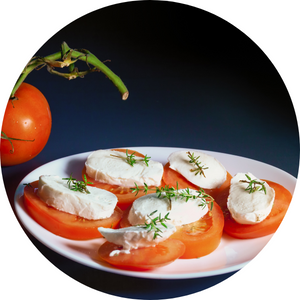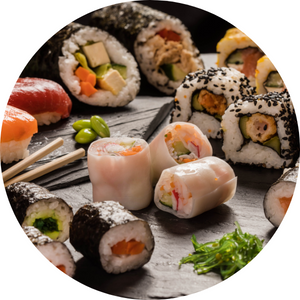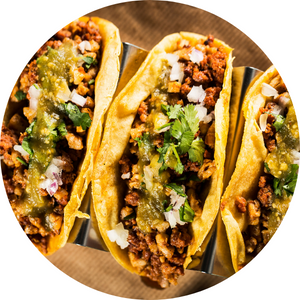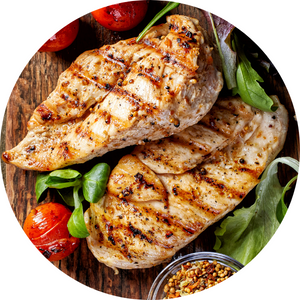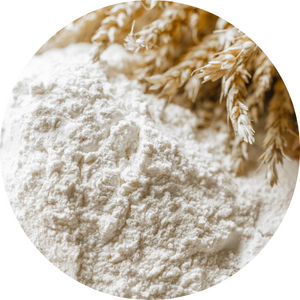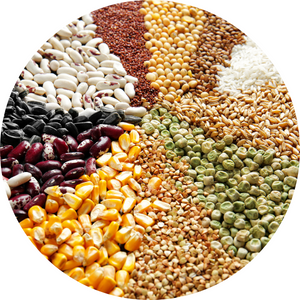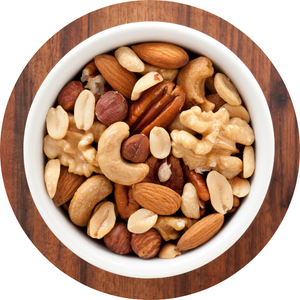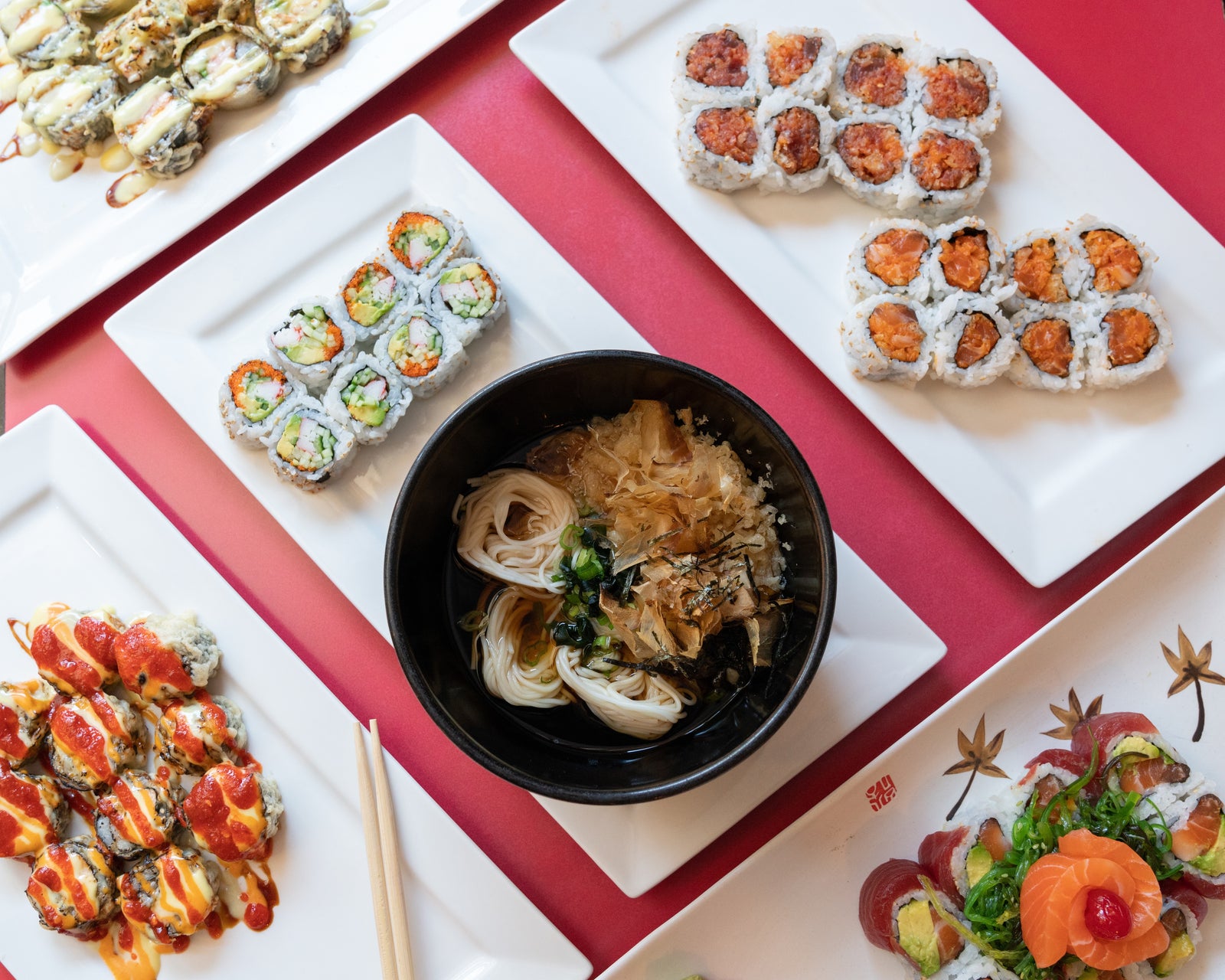
When people think of Turkish spices, the image that often comes to mind is the vibrant bazaars of Istanbul—pyramids of colorful powders and fragrant herbs filling the air with aroma. But beyond these bustling markets lies a deeper story: a centuries-old culinary tradition built on balance, harmony, and hospitality.
Turkish spice culture reflects the country’s history as a crossroads between East and West, blending influences from the Middle East, Mediterranean, Balkans, and Central Asia. Each spice tells a story of trade, culture, and connection—woven into dishes that are as fragrant as they are flavorful.
The Essence of Turkish Spices
Turkish cuisine doesn’t rely on overwhelming heat but on warm, aromatic, and balanced seasoning. The goal is to elevate ingredients without masking their natural flavor.
The foundation of Turkish spice culture is moderation and pairing—using spices to create depth and fragrance rather than intensity.
Common characteristics of Turkish spices:
-
Mild to moderate heat
-
Earthy and floral undertones
-
Harmony between sweet and savory
-
Frequent pairing with herbs like mint, parsley, and dill
Essential Spices in Turkish Cuisine
1. Paprika (Pul Biber)
One of Turkey’s most iconic seasonings. It ranges from mild and sweet to fiery and smoky. Often sprinkled over meats, kebabs, and soups for color and warmth.
2. Cumin (Kimyon)
Adds earthy depth to meatballs (kofte), stews, and pilafs. A cornerstone of Turkish flavor, used sparingly but effectively.
3. Sumac (Sumak)
A tangy, deep red spice made from dried berries. Used to add brightness to salads, grilled meats, and dips like hummus.
4. Mint (Nane)
Used both fresh and dried, mint brings a cooling, aromatic contrast to yogurt sauces and lamb dishes.
5. Aleppo Pepper (Urfa Biber or Isot)
Dark, smoky, and mildly spicy, this pepper adds subtle sweetness and complexity to Turkish cooking.
6. Nigella Seeds (Çörek Otu)
Sprinkled on breads and pastries, these tiny black seeds offer nutty flavor and a hint of bitterness.
7. Coriander and Cinnamon
Commonly found in stews, rice, and desserts, providing balance between warmth and sweetness.
The Role of Spices in Everyday Turkish Cooking
Spices are not just flavor enhancers—they are integral to texture, color, and aroma in Turkish food. Dishes are designed around spice combinations that evoke comfort and familiarity.
In Soups and Stews
Spices like cumin, paprika, and mint bring body and warmth to lentil soup (mercimek çorbası) and slow-cooked dishes.
In Meat and Kebabs
Jerk-like spice rubs of paprika, garlic, thyme, and black pepper define grilled meats such as Adana kebab.
In Rice and Pilaf
Cinnamon, allspice, and black pepper add subtle fragrance to rice dishes served alongside meats or vegetables.
In Sauces and Mezes
Sumac, mint, and red pepper flakes infuse dips and cold appetizers with brightness and spice.
In Breads and Pastries
Nigella seeds and sesame adorn traditional breads like pide and simit, adding crunch and aroma.
Spice Traditions Beyond the Bazaar
While spice bazaars like Istanbul’s Mısır Çarşısı (Egyptian Bazaar) remain iconic, Turkish spice culture thrives in everyday homes. Generational recipes, family spice blends, and regional variations keep these traditions alive.
-
In Gaziantep: Home to rich kebab and pistachio culture, spices like cumin and red pepper dominate.
-
In the Aegean: Fresh herbs like oregano, thyme, and mint take center stage.
-
In Central Anatolia: Earthy and warming spices like cinnamon and cloves enrich stews and desserts.
Turkish households often mix their own blends (baharat karışımı), fine-tuning them to personal taste—a culinary art that passes from mother to child.
Balancing Flavors the Turkish Way
Turkish cooking is about balance, not dominance. A meal might combine sweetness, tang, smoke, and freshness in one harmonious bite.
Key balancing principles include:
-
Acidity with spice: Sumac or lemon offsets richness.
-
Herbs with heat: Mint cools spicy peppers.
-
Sweet with savory: Cinnamon complements meats and grains.
-
Oil with aroma: Olive oil helps carry spice fragrance.
This approach ensures that every dish feels comforting and layered rather than overwhelming.
Frequently Asked Questions About Turkish Spices
1. Are Turkish spices spicy?
Generally, no. Most Turkish seasonings are aromatic and flavorful rather than extremely hot.
2. What spice is most used in Turkish cuisine?
Paprika (pul biber) and cumin are the most common, used in everything from stews to kebabs.
3. What makes Turkish spices unique?
Their balance—each spice is used thoughtfully to enhance, not dominate, the dish.
4. What is Urfa Biber, and how is it used?
Urfa Biber (also called Isot pepper) is a smoky, dark red chili with mild heat, used in meats, eggs, and dips.
5. Can I make a Turkish spice blend at home?
Yes—combine paprika, cumin, black pepper, garlic powder, and dried mint for a simple, versatile mix.
6. How should Turkish spices be stored?
Keep in airtight containers away from sunlight and moisture to preserve aroma and color.
Final Thoughts
Turkish spice culture is a celebration of balance, history, and hospitality. From the bustling bazaars of Istanbul to the humble home kitchens of Anatolia, spices form the bridge between flavor and tradition. Each pinch carries centuries of cultural exchange and culinary artistry. Whether you’re experimenting with sumac, cumin, or paprika, exploring Turkish spices means embracing a world where flavor tells a story—one rich in warmth, color, and connection.

